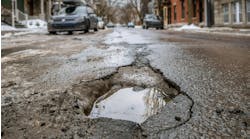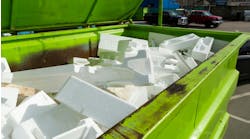Meet the New Flame- Resistant Clothing: Multi-Hazard Protection
Although the Occupational Safety and Health Administration doesn't have specific standards for cold weather winter wear, OSHA does require the employer to protect the employee from the hazards present in the workplace. Every workplace must assess the needs of the workplace according to OSHA standards. In this assessment, winter wear and rainwear commonly are overlooked. In some climates this is more critical than others. On April 11, 2014, OSHA issued a final ruling on the OSHA 1910.269 standard, bringing rainwear and cold weather winter wear into the spotlight for electrical service personnel, especially at utilities and large industrials.
OSHA Redefines Non-Melting Winter Wear
The new standard for electric power generation, transmission and generation (commonly called a "utility standard") now clearly requires "flame-resistant" winter wear and rainwear that does not melt onto a worker in arc flash events. Flame resistant (FR) winter wear and rainwear is something many utilities have provided for some time, while others only have provided FR shirts and pants. As a result, OSHA has dealt with incidents at several utilities resulting from a worker wearing melting rainwear or winter wear and suffering burns after the outer shell ignited and melted to the skin in an arc event. OSHA addressed this issue directly in the new standard by prohibiting non-FR winter wear and rainwear and requiring that all clothing worn by those exposed to arc flashes in the covered industries be made of non-melting materials.
Read more on flame-resistant clothing on EHS Today.
EHS Today is an NED companion site within Penton's Manufacturing & Supply Chain Group.










